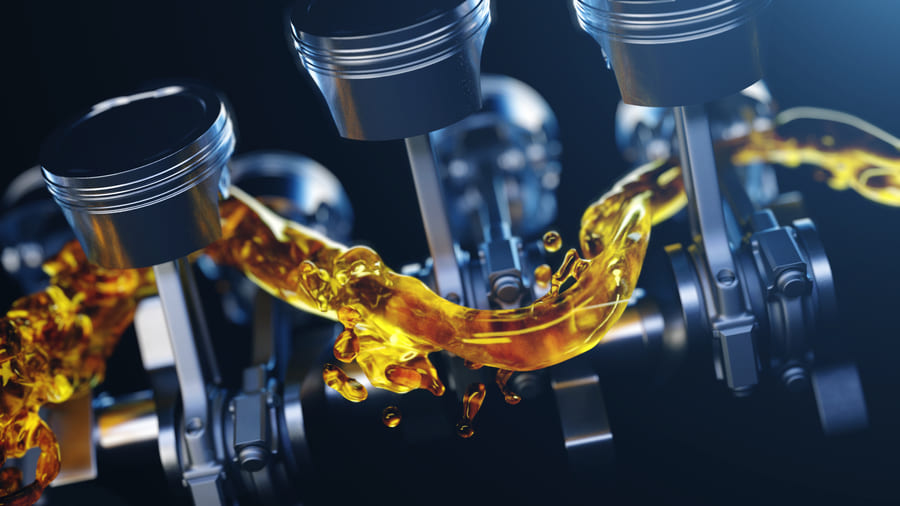The oil pump is an integral part of the lubrication system. Its primary purpose is to circulate oil under pressure to different parts of the engine allowing for both lubrication and cooling. With the crucial role they play, these pumps can get damaged due to wear and tear from normal use. In addition, if you are running the engine with low oil levels, there is an increased chance that your pump will get damaged even faster.
A common sign that it might be time to replace your pump is a ‘low oil pressure’ reading on your dashboard gauge. You might also hear unusual engine noises and a potential increase in temperature.
Most people struggle when it comes to finding the right pump for their lubrication system. In this article, we will discuss some of the factors you ought to discuss when out shopping for a replacement.
How to Choose the Right Oil Pump for Your Lubrication System
There are plenty of factors to consider when shopping for these pumps. Our list will focus on the following:
Consider the System Requirements
These requirements refer to the specific needs that your system requires to perform optimally. Before you start shopping, you must consider aspects like flow rate, pressure rating and lubricant type. Flow rate refers to the volume of lubricant delivered to all the required points at any given time. That has a lot to do with the pressure rating of the pump.
You should also ensure the pump is compatible with oil or grease use in the system. As you may already know, these pumps and oil systems come with varying viscosity and temperature ranges. Ensuring the pump is compatible is essential to meeting the first two requirements.

Consider the Pump Type
Besides the system requirements, it is also important to consider the pump type. It goes without saying, but, different oil pumps are designed for varied applications. Some common examples include gear pumps, vane pumps and piston pumps.
Choosing the right type of pump is not only important for ensuring efficiency and performance. It also contributes to compatibility with the system and the longevity of its components. In addition, it reduces energy consumption and ensures safety.
Consider the Size
In most cases, it is advisable to choose a pump that matches the one you are replacing in terms of size. However, that does not always mean you will meet the system compatibility needs. For that reason, there are a few things you must also evaluate when checking the size and fittings.
For starters, ensure the connection points match the existing system. These include everything from fittings to power sources (whether electric or hydraulic). Choosing the correct sized Ancotech oil pump will ensure a seamless integration with the rest of the lubrication system.
Consider Cost
Budgeting is essential when making any purchases, and it shouldn’t be any different when it comes to buying a pump. These oil pumps also come with varying prices – some cost less than others. While it may be very tempting to go for cheaper options, investing in a top-quality pump can save you lots of money in maintenance in the future. A better pump will also last longer, which means minimal replacement needs.
While considering the costs, it is also important to factor in the maintenance needs. Make sure you are picking an Ancotech oil pump that has readily available replacement parts. That will save you time and money in the future.
In a Nutshell
Oil pumps play one of the most crucial roles in the lubrication system. For that reason, it is essential to find the right one that suits your system to avoid any problems. Make sure you consider factors like system requirements, pump type, size and cost to narrow down your options and find the best one.






